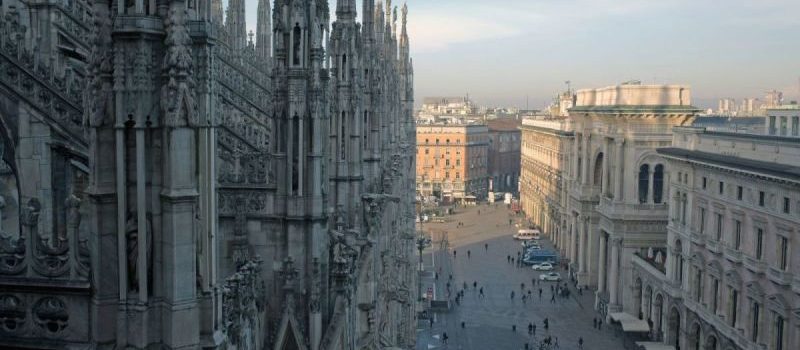The Early Days Of Stock Trading

Early Stock Exchanges:
Although stock trading is synonymous with Wall Street, it wasn’t the first stock exchange in the US. That honor belonged to the Philadelphia Stock Exchange, which predated the New York Stock Exchange by two years.
Founding and Regulation:
The early days of stock trading may be compared to an extremely elite club where you need a VIP card to enter. The New York Stock Exchange was created based on the Buttonwood Agreement, which was signed by 24 bankers and financial organizations. The most notable in this elite society, arguably, was Alexander Hamilton, one of the founding fathers of the United States. Trading was carefully restricted. In the early days, they largely traded commodities, and they had to provide the stock exchange—and by extension themselves—a fee for each financial transaction. Commodities refer to wheat or grain and gold. And since it was an elite gentleman’s club, they always prioritize the members during talks.
Market Order Amidst Turmoil:
In a way, the stock market offered order to the turmoil. Back then, individuals borrowed money in return for IOUs instead of goods. It was quite simple to renege on a contract. But the merchants and bankers were truly out for blood against the auctioneers who were then permitted by the city to trade twice a day.
Expansion and Challenges:
In 1972, the stock exchange only reported five traded stocks. The nation, however, is on the edge of tremendous expansion. The nation was still largely agrarian, but soon the demand for securities went up as corporations wanted to obtain money for the development of railways, bridges, and roads. The NY Stock Exchange prospered from both the Industrial Revolution and the Civil War. Two important times substantially tested the stock market—one in 1907 and another during the Great Depression in 1929. The first financial catastrophe was avoided when J.P. Morgan encouraged the other bankers to form a banking trust to be supported by financial institutions. At that moment, the market was at dire risk of dissolving as 800 million worth of securities was dumped in weeks. This gave birth, of course, to the formation of the Federal Reserve. Before the 1929 crash, people were lured by the stock market and there was a lot of speculation that was encouraged by industry insiders. The average value of stocks grew about 400% more compared to their value just five years earlier. Of course, the bubble had to burst sometime. In just a week after the seams started to show on Oct. 23, 1929, the market crumbled. The country did not recover until an opportunity struck—World War II.
1 Comment
thubslilt |
The axillary sampling procedure used in some patients in the Danish study could have led to an underestimation of the true number of positive lymph nodes buy cialis